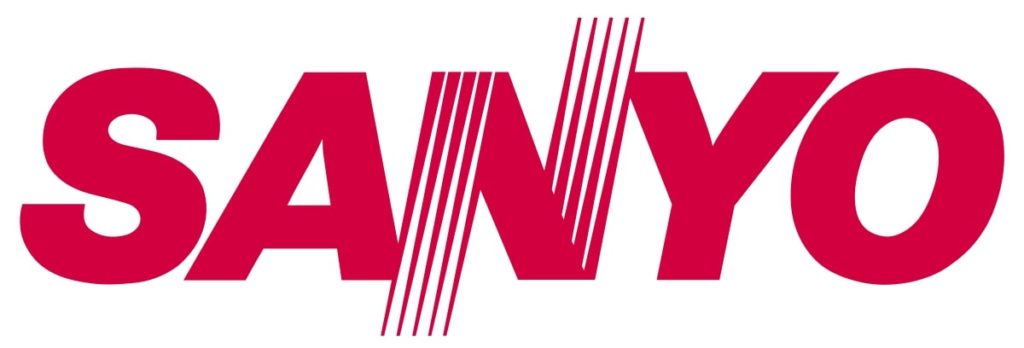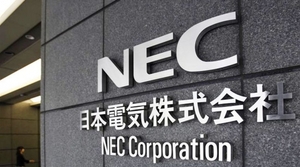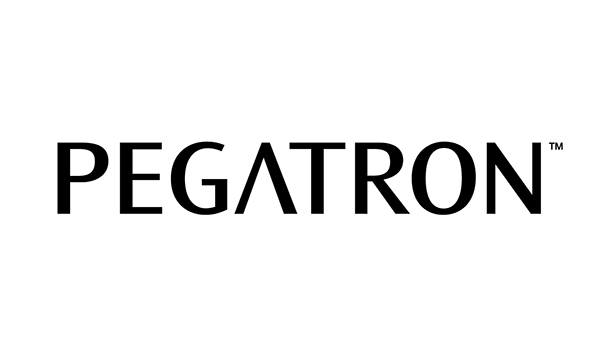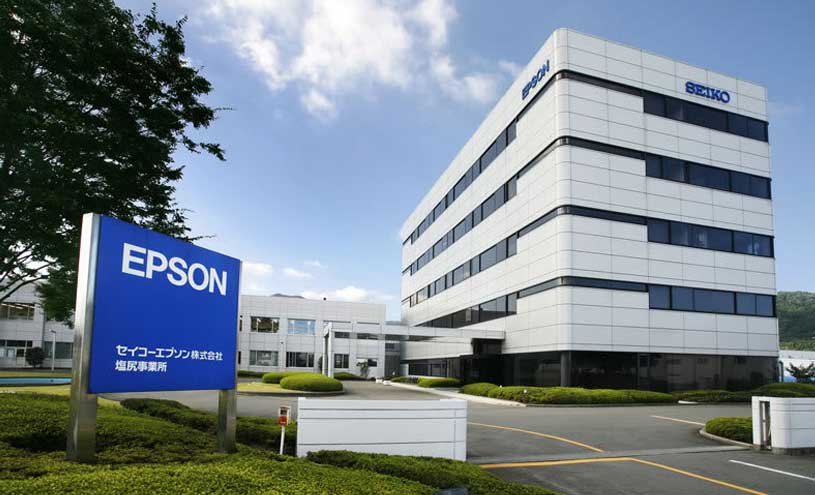Schneider Electric – The Biggest Sustainable Electric Equipment Manufactures.
Schneider Electric is a well-known electrical equipment development company, serving all over the world. The company has been there in the industry for the past 185 years and taking its legacy to another level with its excellence. Along with providing the best electric products, the company keeps sustainability in mind and curates its products based on that. From homes to data centers and from real-time automation to software, Schneider Electric has covered it all. The company is operational in over a hundred countries with more than twenty subsidiaries and 20,000 patents registered. It is a publically traded company that has also registered its name under the Fortune Global 500 list.
About the Schneider Electric
Schneider Electric SA is a French electric company, founded back in 1836. Its headquarters is in Rueil-Malmaison, France, and offers its services to its worldwide customers having its offices and manufacturing plants established in over a hundred countries. Schneider Electric has over 135,000 people working for it, in more than twenty subsidiaries, such as Luminous Power Technologies Pvt. Ltd., APC, Areva T&D, Federal Pioneer, TAC, and Zicom, etc. As per 2019 records, the company made revenue worth €27.2 billion and holds assets worth €45 billion. Schneider Electric energy and automation digital solutions, such as building automation, home automation, electric power distribution, industrial safety services, etc.
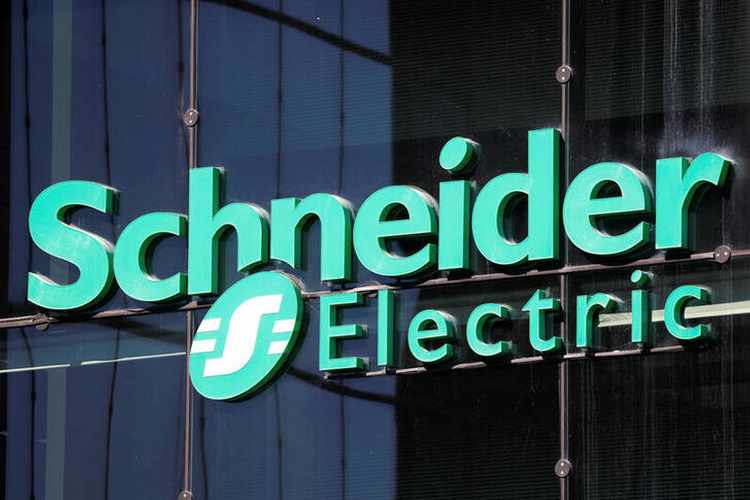
The Beginning and Growth
Schneider brothers Eugène Schneider and Adolphe Schneider acquired mines and forges at Le Creusot, France, to establish a steel and machinery factory in 1936. After two years, the founders named their company Schneider & Cie, which later became one of the leading steel companies in the area and remained in that position for the next 50 years. In 1891, Schneider started to invest in the electricity business, as it was one of the emerging fields of that time. The new business started to grow rapidly, and in 1919, Schneider started its international expansion entering Germany and Eastern Europe.
Like every other big company, the two world wars were very crucial for Schneider. As soon as the second world war ended, Schneider started to grow at an even faster pace. In 1949, the company decided to restructure its operations and planned multiple acquisitions. In 1975, the company acquired a share in one of the biggest electric equipment manufacturing companies of France named Merlin Gerin. In the next two decades, it went on to acquire names like Télémécanique (1988), Square D (1991), and Lexel (1999). In May 1999, the company was renamed Schneider Electric from its century-old name Schneider & Cie.
In the year 2000, Schneider Electric moved its headquarters to Rueil-Malmaison, France. During the same time, it established the Schneider Electric Foundation, an organization to spread awareness about sustainability and emerging economics. In 2010, the company started to invest in software, critical power and grid applications. Schneider also introduced a new program named Life is On that promoted sustainability and efficiency. The same year, Schneider Electric also established a venture capital firm to support new startups.
In 2014, the company partnered with the German power supplier RWE, and in the next year, it introduced EcoStruxure, an IoT-enabled architecture. Its acquisition of British retail brand Tower Electric in 2016 helped it strengthen its position in Europe. In 2019, the company launched a cross-industry digital ecosystem named Scheider Electric Exchange. The next year, it acquired companies like RIB Software and ProLeiT AG. The same year it introduced smart equipment for better electricity distribution, specifically for Nigeria.
The CEO at Schneider Electric
Jean-Pascal Tricoire, a renowned Fench businessman is the current CEO and the chairman of Schneider Electric. He was born on 11 May 1963 in Beaupréau, France. Tricoire is an Electronic engineering graduate and holds an MBA from EM LYON Business School. Before joining Schneider, he has worked with multiple famous companies.
Tricoire started his career at Alcatel, Schlumberger and joined Saint-Gobain afterwards. In 1986, he was working at Merlin Gerin. As in 1992, Schneider took over the company, he became a part of the company too. After working in different branches of Schneider Electric in Italy, China and South Africa, he was appointed as the Head of Schneider Electric’s Global Strategic Accounts. In January 2002, he became the Vice President of the International Division of the company, and in October 2003, he was announced the Deputy CEO and COO of Schneider Electric. Finally, in 2006, he was promoted to be the CEO of Schneider Electric SA.

Yashica is a Software Engineer turned Content Writer, who loves to write on social causes and expertise in writing technical stuff. She loves to watch movies and explore new places. She believes that you need to live once before you die. So experimenting with her life and career choices, she is trying to live her life to the fullest.
